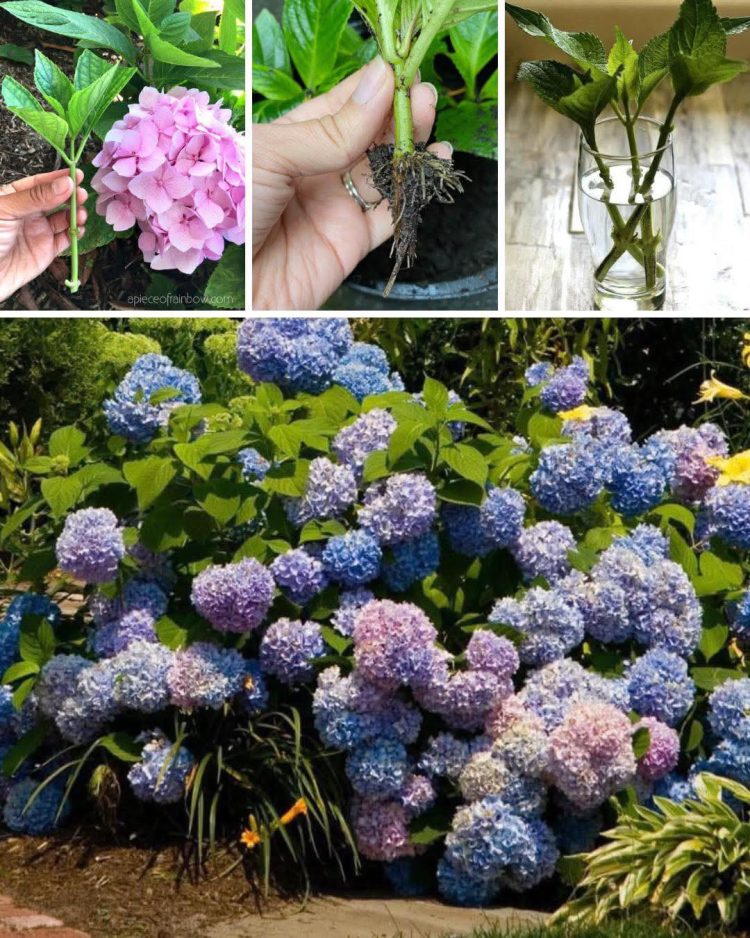Hydrangeas are stunning flowering plants that add elegance and charm to any garden.
Their vibrant blooms and ability to thrive in various conditions make them a favorite among gardeners.
While you can buy new hydrangeas from a nursery, propagating them from cuttings is an inexpensive and rewarding way to expand your garden.
This detailed guide will walk you through everything you need to know about growing hydrangeas from cuttings, ensuring healthy plants and abundant blooms.
Why Propagate Hydrangeas from Cuttings?
Propagating hydrangeas from cuttings offers several advantages:
Cost-Effective: Save money by growing new plants from your existing hydrangeas.
Preserve Varieties: Propagation ensures you can replicate a particular hydrangea variety you love.
Sustainable Gardening: Reduces the need to purchase new plants, making it an eco-friendly option.
Quick Results: Compared to starting from seeds, cuttings establish faster and produce blooms sooner.
When to Take Hydrangea Cuttings
The best time to take hydrangea cuttings depends on the type of cutting you choose:
Softwood Cuttings: Taken in late spring to early summer when the plant’s new growth is still soft and pliable.
Semi-Hardwood Cuttings: Taken in late summer to early fall when the stems are firmer but not fully mature.
For beginners, softwood cuttings are often easier to work with as they root faster.
Tools and Materials Needed
Before you start, gather the following tools and materials:
Sharp pruning shears or scissors
Clean pot or container
Rooting hormone (optional but recommended)
Well-draining potting mix or a mix of perlite and peat moss
Spray bottle filled with water
Clear plastic bag or humidity dome
Labels or markers (optional)
Step-by-Step Guide to Growing Hydrangeas from Cuttings
1. Choose a Healthy Mother Plant
Select a healthy, mature hydrangea plant free from pests and diseases. Look for vigorous stems with strong growth, as these will give the best results.
2. Take the Cutting
Use sharp, sterilized pruning shears to cut a 4-6 inch section from a healthy stem. The cutting should have at least two to three leaf nodes (the bumps on the stem where leaves grow).
Cut just below a leaf node at a 45-degree angle to increase the surface area for rooting.
3. Prepare the Cutting
Remove the lower leaves, leaving only two or three at the top of the cutting.
Trim the remaining leaves in half to reduce moisture loss and encourage root development.
If flowers or buds are present, remove them to redirect the plant’s energy toward rooting.
4. Apply Rooting Hormone (Optional)
Dip the cut end of the stem into a rooting hormone powder or gel. While this step isn’t mandatory, it significantly improves the success rate of rooting.
5. Plant the Cutting
Fill a clean pot or container with a well-draining potting mix or a mix of perlite and peat moss.
Use a pencil or stick to make a hole in the soil.
Insert the cutting into the hole, ensuring at least one or two nodes are buried in the soil. Gently press the soil around the cutting to secure it.
see continuation on next page
